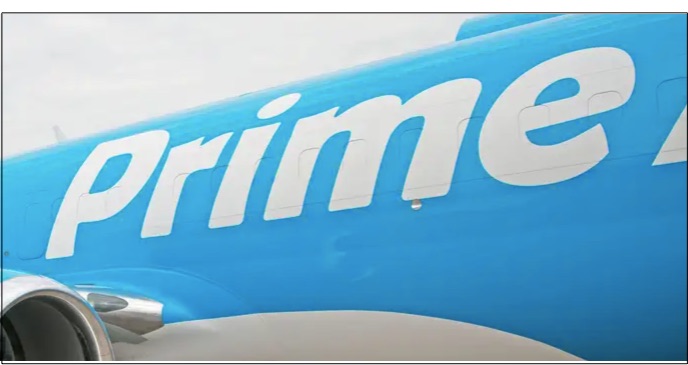Several weeks ago, we looked at fast money.
Now, Amazon’s newest announcement takes us to fast delivery.
Faster Deliveries
In 2003
Just 20 years ago, Amazon was mostly a book and DVD seller. Their 8 to 10-day delivery wait was normal. Also though, for an extra $9.48, we could get two-day delivery and one day was $16.48.
But then Jeff Bezos invited a group of executives to his boathouse. He said that he wanted to create a subscription two-day service that could become an affordable “indulgent luxury.” So, they chose a prime number–$79.00–for membership that you could share with four family members.
You know the basic idea. Pay nothing for an unlimited number of orders as long as you had the subscription. Bezos thought it would lock in his shoppers. Or as he explained, “I want to draw a moat around our best customers…”
They also had to make Prime functional. Before Prime began in 2005, Amazon had been experimenting with speedier shipping. When they began, it took 24 hours for an order to leave the fulfillment center. When they finished, it shrunk to three hours for certain items. The key was new software, “rejiggered” layouts, and lots of practice.
In 2023
Now, they are still tinkering with new software, “rejiggered” layouts, and lots of practice. Distance has also become crucial. Instead of a national delivery network, Amazon created eight self-sufficient regions. By bringing the warehouses closer to us, they’ve shrunk delivery miles and hours, and according to Amazon, expanded orders. A 15% cut in the distance that items travel resulted in a 12% drop in “touches.” Predictably, fewer touches–how much a package is handled–speeds its journey to our home.
Not as easy as it might sound, eight warehouse regions carrying “everything” mean vast inventory changes that suppliers need to adjust to. It also creates same day expectations. With plans to add 100 more than the 45 it had during February, “same-day centers” carry 100,000 of Amazon’s most popular items.
Then, further elevating our expectations, Walmart’s thousands of stores are expediting their deliveries.
Our Bottom Line: Reference Points
A behavioral economist would tell us that Amazon transformed our shipping reference points.
A reference point influences our opinion. With gasoline, for example, a previous week’s price of $4.00 a gallon makes us feel that $3.50 is a bargain. But if the price beforehand had been $3.00, then $3.50 looks astronomical. Similarly, at work we will be unhappy with a 5% raise when an associate gets 7%. If our stock portfolio plunges, we don’t feel so bad if the S&P declined even more.
By shrinking our delivery time reference points, Amazon changed what we believe is normal from 10 days to less than 10 hours.
My sources and more: Always interesting, the Mike Allen daily Axios newletter is a handy way for me to find good stories. Yesterday, he grabbed my attention with Amazon’s shrinking delivery times. From there, I linked to WSJ, here and here for a ttreasure trove of delivery facts. But if you want the behavioral side of reference points and framing and anchors, do go to economics Nobel Laureate Daniel Kahneman’s superb book, Thinking Fast and Slow.
Please note that parts of today’s post were previously published at econlife.






